Overview
Map
Other Details
كنيسة سيّدة اليمونة
Yammouneh
Baalbek
Baalbek-Hermel
كنيسة سيّدة اليمونة - اليمونةأواسط القرن التاسع عشر حمت السيّدة شخصًا من آل ياغي من الغرق فنذر بناء كنيسةٍ لها في اليمونة. الكنيسة صغيرة بعقدٍ مصالبٍ. تشتهر هذه الكنيسة بكونها مقامًا عجائبيّّا يقصده المسيحيّون والشيعة للتبرّك.The church of our Lady of Yammouneh - YammounehIn the mid XIXth century a man from the Yaghy clan was saved from drowning with the miraculous intercession of Our Lady. He dedicated himself to build a church in Yammouneh as an act of thanksgiving. The church is small with a crossed vault. The shrine is considered holy for both christians and Shias, and it is an important pilgrimage site for both religions.
Visited 2295 times, 7 Visits today



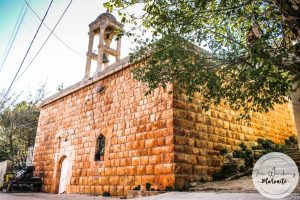
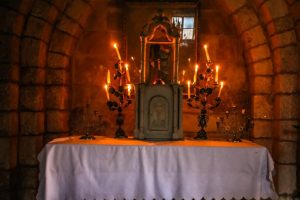

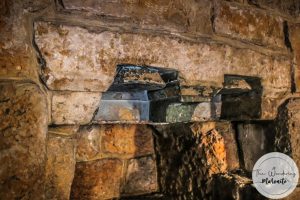

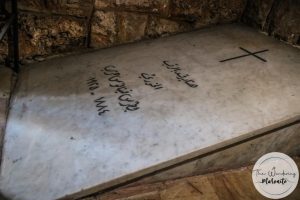
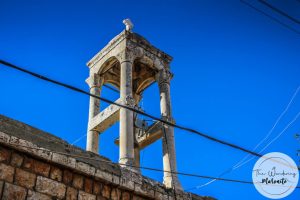
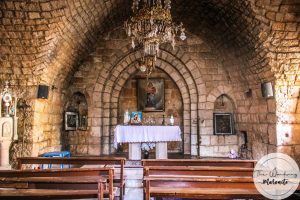
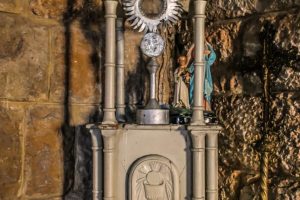











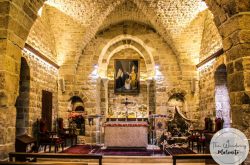
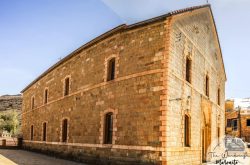

Reviews are disabled, but trackbacks and pingbacks are open.